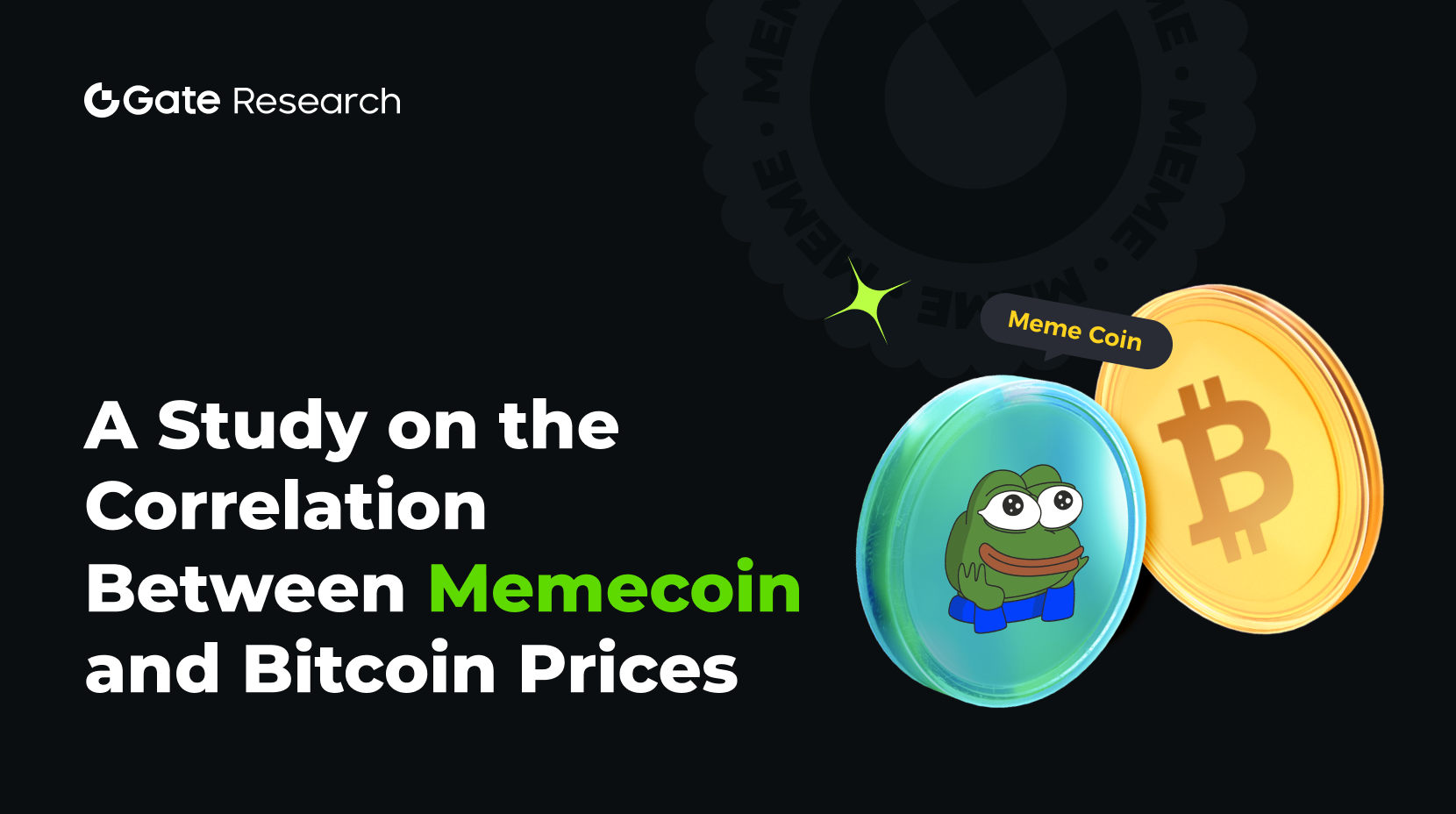Reshaping the Global Liquidity Cycle: Why is the Crypto Market So Tough in 2025?
Since mid-2025, the crypto market has shown high volatility and persistent downward pressure. Major asset prices have continued to correct, trading volumes have contracted, and investor confidence remains low. As of yesterday, global crypto market capitalization was approximately $3.33 trillion, down about 20–30% from its peak at the start of the year. Bitcoin (BTC) dominance has remained stable at around 55%, with volatility reaching 40%—far exceeding 2024 figures. Overall, market sentiment is cautious.
On-chain data from CryptoQuant indicates that BTC reserves held on exchanges have dropped about 8% since early August, with their USD value decreasing from roughly $300 billion to $250 billion by November. This trend shows investors are withdrawing funds from exchanges—moving to self-custody or safer assets—thereby reinforcing selling pressure.
After a brief rebound in the first half of 2025, prices for mainstream tokens entered a correction phase starting in October, with further declines in November. The top 50 token prices have nearly fallen back to post-FTX collapse levels seen in 2022.
To summarize the 2025 crypto market landscape:
- Mainstream tokens like SOL, ETH, and BTC have all returned to their December 2024 price levels. The four-year cycle theory has failed, requiring industry participants to reassess and adapt.
- Proliferation of tokens: Over the past four years, most tokens launched with low circulating supply and high fully diluted valuation (FDV) models. Following the meme coin wave, numbers have surged even faster. With new projects going live daily, the market faces a massive supply influx. Cautious capital means that unless new buyers keep entering, the market cannot absorb the ongoing wave of large-scale unlocks.
- The market has entered a phase of recycling of concepts, with innovation lacking and many non-essential technologies emerging.
- Project implementation remains difficult: incentive and adjustment mechanisms in economic models are ineffective. Many projects have yet to achieve product-market fit (PMF).
- Airdrop fatigue: Users tend to immediately exchange airdropped tokens for stablecoins.
- Trading has become significantly more challenging: For any asset with sufficient liquidity and trading value, competition is now extremely intense.
- Capital constraints: VC investment has contracted, with total fundraising just half of 2024 levels, leaving project teams financially stressed.
- Frequent internal challenges within the industry: The “black swan” event on October 11, a surge in hacking incidents (over $2 billion in losses in H1), congestion across Layer 1 chains, and more.
- DeFi yields dropped below 5% compared to 2024.
This is a structural adjustment similar to that of 2018, but on a much larger scale. Nearly every market participant—users, traders, meme coin enthusiasts, founders, VCs, quant funds—faces significant headwinds.
Notably, after the market event on October 11 (referred to as “Black Friday” in the context of the crypto market), many crypto traders and quant funds sustained losses, and concerns about institutional defaults persist. This event means speculators, professional traders, and retail investors alike have suffered capital losses.
Traditional financial institutions remain focused on BTC, payment rails, RWA, and DAT strategies, and remain largely disconnected from the altcoin market. Bitcoin spot ETFs performed strongly in October with a record $3.4 billion in net inflows. However, they saw large-scale outflows in early November, reflecting profit-taking as prices peaked.
With expectations for a resolution to the government shutdown, official liquidity is anticipated to return. What can be expected from the crypto market in the final two months of 2025?
The market direction is becoming increasingly clear, focusing on BTC and stablecoins.
(1) BTC: Macro Liquidity Cycles Supplant Halving Narratives
As market consensus shifts, analysts argue that global liquidity cycles—not just the Bitcoin halving—now drive bull and bear transitions.
Arthur Hayes’s recent thesis, “The Four-Year Cycle Is Dead, the Liquidity Cycle Is Eternal,” contends that each of the last three crypto cycles has closely tracked major USD/CNY balance sheet expansions and periods of low-interest credit easing. At present, US Treasury debt is growing exponentially. To dilute this debt, the Standing Repo Facility (SRF) is set to become the government’s primary tool. Rising SRF balances mean a synchronized expansion of global fiat supply. Under this “stealth quantitative easing,” BTC’s bullish trajectory is unlikely to change.
The SRF is expected to be the government’s main lever as current money market conditions persist and Treasury debt grows at an exponential rate. As the lender of last resort, the SRF balance will keep rising, indicating global fiat expansion and reigniting a Bitcoin bull market.
Raoul Pal’s cycle theory similarly asserts that each crypto cycle ends with monetary tightening. Data shows global debt has reached roughly $300 trillion, with about $10 trillion (mainly US Treasuries and corporate bonds) coming due soon. To prevent a spike in yields, massive liquidity injections are needed. His model estimates every $1 trillion in added liquidity could translate to a 5–10% increase in risk assets like equities and cryptocurrencies. With $10 trillion in refinancing, $2–3 trillion could flow into risk assets, providing strong upside for BTC.
All these perspectives, under the dominance of global central bank liquidity cycles, set a long-term bullish macro environment for BTC and other scarce assets.
(2) Stablecoins: Becoming Financial Infrastructure
The other key trend for 2025 is stablecoins, whose value is based on “real-world adoption” rather than “speculative narratives.”
The latest policy tailwinds: The US Congress is advancing a bill to expand the Commodity Futures Trading Commission’s (CFTC) oversight of the crypto spot market. The CFTC expects to introduce a policy early next year that could allow stablecoins as tokenized collateral in derivatives markets. Initial pilots will begin with US clearinghouses, with tighter regulation paving the way for stablecoins to enter the core of traditional finance.
Stablecoins are scaling rapidly, far outpacing market expectations. Leading US institutions are racing to build new payment networks centered on stablecoin rails.
Amid the explosion of real-world use cases, stablecoins consistently deliver value in cross-border payments, FX risk management, and enterprise settlements and transfers. They are steadily evolving into a practical settlement layer for real-world finance.
Over the last year, stablecoins have balanced speed, cost, and compliance, creating a global channel for compliant, low-cost, and traceable funds transfers. As foundational infrastructure, stablecoins are being reinforced through both regulation and adoption, providing reliable liquidity across the entire crypto economy.
This offers a lesson for founders: Teams should design business processes to be “stablecoin-native.” They should target user groups that rely on stablecoins and achieve genuine product-market fit (PMF) on this basis.
Statement:
- We have republished this article from [ODIG Invest] and it is copyright of the original author [ODIG Invest]. For concerns about this republication, please contact the Gate Learn team, who will address your inquiry promptly in accordance with relevant procedures.
- Disclaimer: The views and opinions expressed in this article are solely those of the author and do not constitute investment advice.
- Other language versions of this article are translated by the Gate Learn team. Unless Gate is explicitly cited, these translated articles may not be copied, distributed, or plagiarized.
Related Articles

Reflections on Ethereum Governance Following the 3074 Saga

Gate Research: 2024 Cryptocurrency Market Review and 2025 Trend Forecast

Gate Research: BTC Breaks $100K Milestone, November Crypto Trading Volume Exceeds $10 Trillion For First Time

NFTs and Memecoins in Last vs Current Bull Markets

Gate Research-A Study on the Correlation Between Memecoin and Bitcoin Prices
